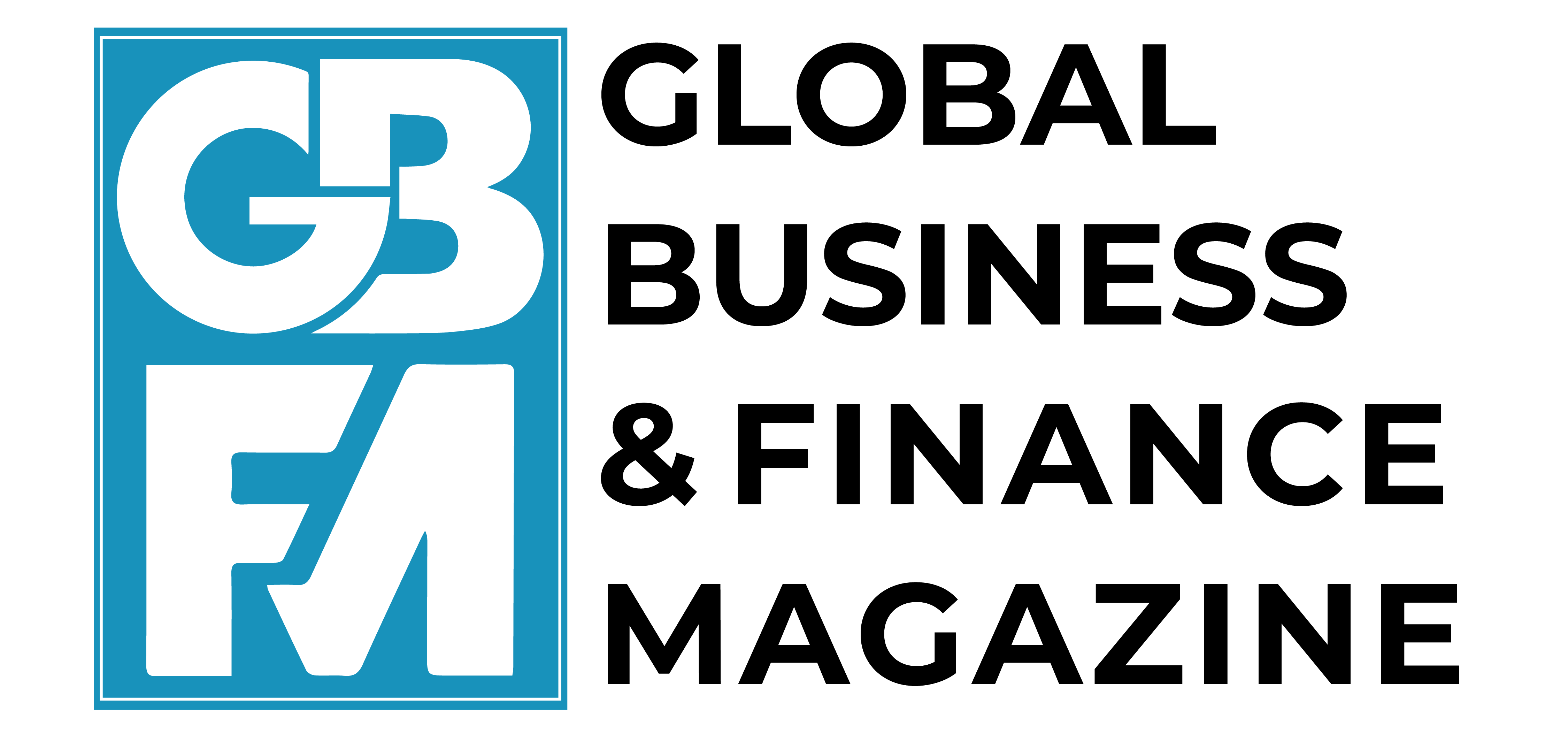Profit shifting by multinational enterprises increases after-tax earnings but can expose firms to regulatory and reputational risks. This column uses data on variations in profit shifting between 2010 and 2020 alongside global stock return data to examine how stock markets price profit shifting. The authors find that a one standard deviation increase in profit shifting is associated with 6.4% higher monthly stock returns, indicating that stock markets require compensation for the underlying risks. The identified effects become significant only after the initiation of the Base Erosion and Profit Shifting programme and gain further strength following the implementation of the Tax Cuts and Jobs Act.
Multinational enterprises (MNEs) routinely allocate profits across jurisdictions with differing tax regimes. Commonly referred to as profit shifting, these cross-border allocations encompass both legal and illegal tax planning strategies that respond to international tax differentials.
According to recent estimates, tax avoidance related to profit shifting results in at least hundreds of billions of dollars in lost tax revenues annually (e.g. OECD, 2015).
To combat profit shifting, several countries have actively implemented new policies since the mid-2010s, particularly under the OECD’s Base Erosion and Profit Shifting (BEPS) initiative. Additionally, a G7 agreement in June 2021 proposed a minimum global corporate tax rate of 15%, aiming to generate additional global tax revenues by reducing the incentive for large MNEs to shift profits to tax havens. Building on this, the OECD’s Inclusive Framework has been driving the global implementation of the minimum tax rate under Pillar Two, with several jurisdictions beginning to enforce these rules.
In a recent paper (Delis et al. 2025a), we examine whether global equity markets price the risks associated with profit shifting by MNEs, and if so, what the underlying drivers of this risk premium are.
Understanding this relationship is crucial for three reasons:
- First, if profit shifting affects after-tax earnings or signals exposure to regulatory scrutiny, markets may incorporate this information into stock prices, either rewarding firms for lower tax burdens or requiring compensation for the associated risks!
- Second, profit shifting may elicit different reactions by investors compared to other tax-avoidance strategies. Specifically, profit shifting may exploit international tax differentials, making it inherently more complex and less transparent. Traditional measures of tax avoidance, such as effective tax rates and book-tax differences, primarily capture nonconforming strategies where reported financial income diverges from taxable income. In contrast, profit shifting often involves conforming strategies in which financial accounting income decreases in tandem with tax liabilities, thus remaining undetected by these metrics (e.g. Hanlon and Heitzman 2010).
- Third, the evolving regulatory environment, characterised by increasing enforcement and policy coordination, has heightened the risks associated with cross-border tax planning, potentially affecting how profit shifting is priced in capital markets. Hence it is essential to assess how investors react to these changes in the global regulatory landscape.
Our premise is that investors demand compensation for holding stocks exposed to regulatory and reputational risks associated with profit shifting. We evaluate this proposition by analysing whether equity markets assign a risk premium to profit shifting and how this risk premium changes following regulatory initiatives that enhanced global tax enforcement.
We utilise rich, recently available data on firm-year variations in profit shifting (Delis et al. 2025b) alongside global stock return data from Orbis. Our profit-shifting estimates are derived from a nonparametric analysis of how firms’ profits respond to an index of tax rate differences among all affiliates of each MNE (Huizinga and Laeven 2008). This approach yields the largest panel of firm-year profit-shifting estimates to date, comprising more than two million observations. We then aggregate these estimates to the MNE-year level and match them with monthly stock return data, resulting in an MNE-year-month panel with over 350,000 observations, including 29,905 MNE-year observations (from 2010 to 2020) covering 6,099 MNEs. The granularity of the data and their global coverage significantly reduce several identification challenges.
We find that stock returns are positively and statistically significantly related to profit shifting, conditional on characteristics that predict returns and several fixed effects. These results are also economically significant, with our baseline specification indicating that a standard deviation increase in profit shifting is associated with a 6.4% increase in stock returns.
Figure 1 illustrates this pattern, showing that firms in higher profit-shifting deciles exhibit systematically higher monthly stock returns, particularly in the top three deciles.
Figure 1 Monthly stock return by profit shifting decile


Note: This figure plots average monthly stock returns across deciles of profit shifting, constructed based on the profit shifting intensity variable. Decile 1 includes firms with the lowest intensity, and decile 10 includes those with the highest.
Importantly, we find that the profit-shifting premium arises systematically only after major regulatory milestones aimed at combatting profit shifting. Specifically, using an econometric model with heterogeneous treatment effects, we find that the premium arises after the endorsement of the OECDs BEPS initiative in 2015 and is reinforced following the implementation of the anti-profit-shifting provisions under the US Tax Cuts and Jobs Act (TCJA) – namely, the Global Intangible Low-Taxed Income (GILTI) regime and the Base Erosion and Anti-Abuse Tax (BEAT) – in 2019. This premium is concentrated among firms with high ex-ante exposure to profit shifting and persists even after controlling for fundamentals and other tax avoidance proxies. It is not driven by changes in institutional ownership; rather, it is more pronounced among firms with observable structures that increase enforcement risk, such as having affiliates located in tax havens. These findings are robust to alternative measures of profit shifting, placebo tests, and controls for measurement error. The findings suggest that profit shifting is priced as a source of risk in equity markets.
To the best of our knowledge, we are the first to study the link between stock prices and profit shifting. And we systematically document that regulatory risks associated with profit shifting are priced by equity markets. We obtain these results using time-varying estimates of profit shifting in a large global sample of firms and by exploiting recent regulatory changes that increased enforcement risk for firms.
In sum, we connect two broad but distinct strands of literature: the literature on the link between corporate taxation and stock prices, and the literature on profit shifting by multinational firms. By studying the link between profit shifting and stock prices we effectively link these two literatures.
As these results hold across a broad set of robustness tests, we can comfortably conclude that as regulatory scrutiny rises, investors will command compensation for the underlying risks associated with profit shifting.
Source : VOXeu



































































